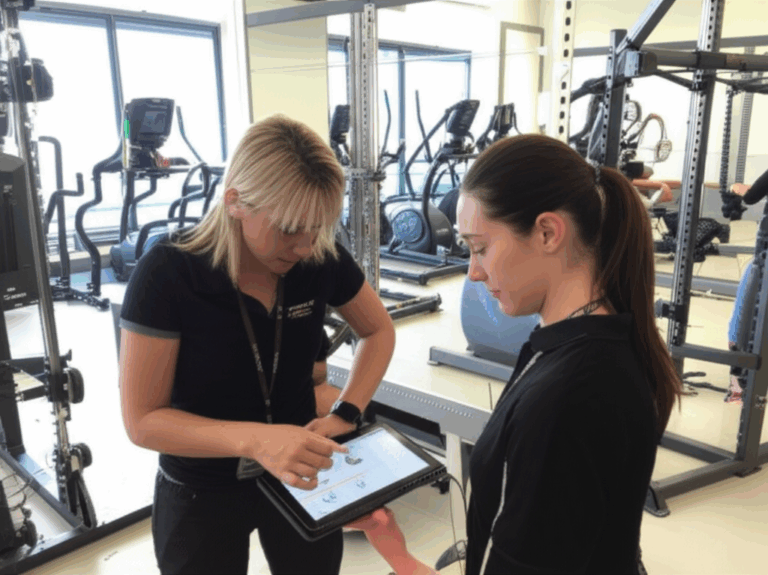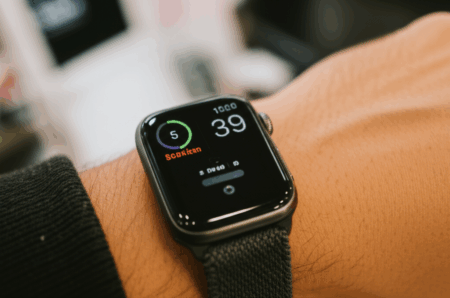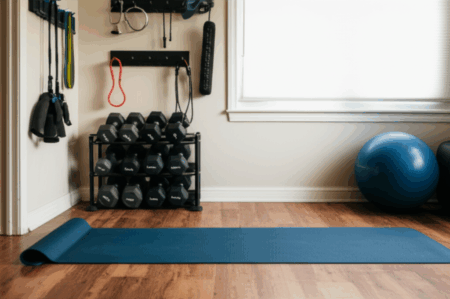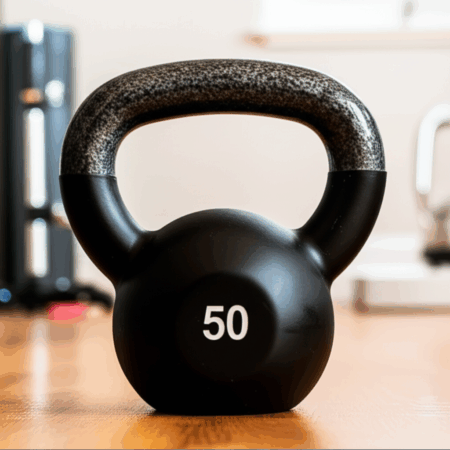In today’s ever-expanding landscape of fitness technology, navigating the myriad of gadgets promising peak performance and optimal health can be daunting. From smartwatches to recovery tools, the options seem endless. To cut through the noise, we consulted certified personal trainers — the experts who witness firsthand what genuinely helps clients achieve their goals. Their recommendations reveal a clear trend: the most valuable fitness tech isn’t necessarily the flashiest, but rather the tools that provide actionable data, enhance accountability, and optimize recovery.
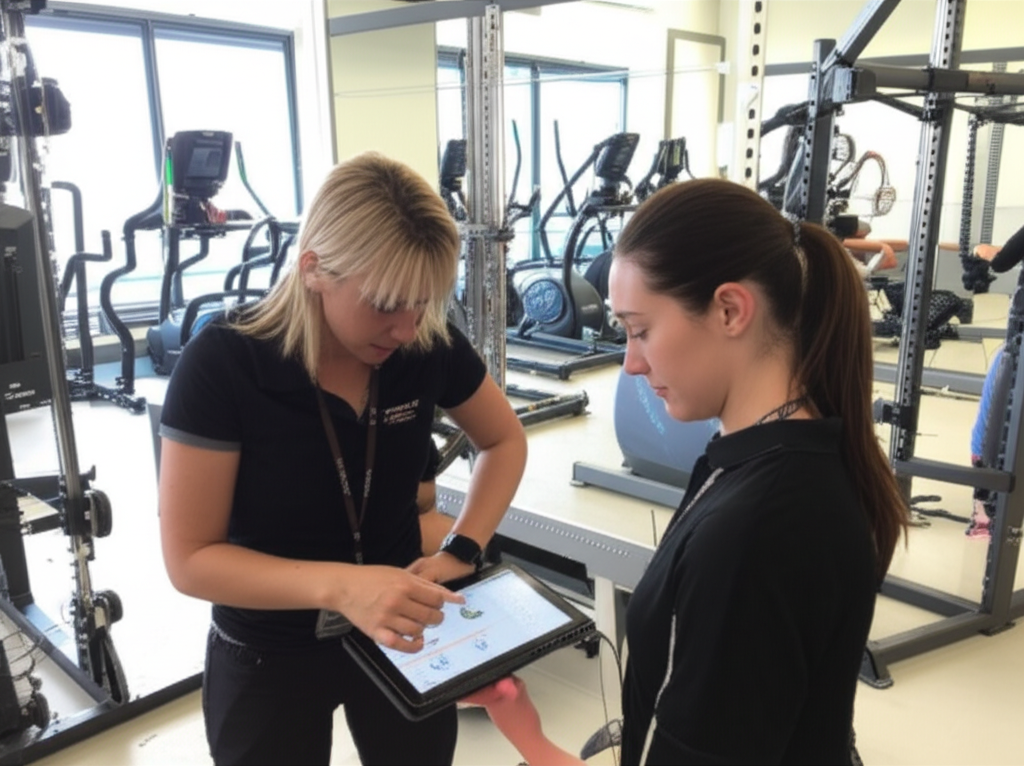
Why Personal Trainers Lean on Tech for Client Success
Personal trainers today operate in a digitally transformed environment. Clients increasingly expect data-driven insights, real-time progress tracking, and seamless communication. The right technological tools allow trainers to not only meet these expectations but also to scale their services, improve client retention, and deliver measurable results. Technology facilitates a seamless client experience, whether training in person, online, or through a hybrid approach. It enables trainers to monitor trends in heart rate variability, sleep quality, workout adherence, and nutrition compliance, allowing for personalized adjustments on the fly.

The Top Recommendations: Wearables and Recovery Go Hand-in-Hand
When asked about the one piece of fitness tech they can’t stop recommending, several categories consistently emerged, with wearable trackers and recovery tools leading the charge.
Precision Tracking with Wearable Devices
Wearable fitness trackers are a near-unanimous choice among personal trainers for their ability to provide objective data on a client’s daily activity, sleep patterns, and heart rate. These insights are crucial for tailoring programs and monitoring progress effectively.
Whoop Band
The Whoop band is a standout recommendation, particularly for those serious about recovery and overall physiological well-being. Trainers highlight its ability to provide clear daily readiness scores by combining heart rate variability, resting heart rate, and sleep quality data. This allows trainers to match training loads to a client’s recovery status, preventing overtraining and optimizing performance. The Whoop offers valuable wellness data without a screen, making it a discreet option for continuous wear. Trainers also use Whoop data to provide sleep hygiene coaching, addressing factors like inconsistent bedtimes, caffeine timing, and screen use before bed.
Smartwatches: Apple Watch, Garmin, and Fitbit
Beyond specialized trackers, general-purpose smartwatches like the Apple Watch, Garmin devices (such as the Venu 3 and Forerunner series), and Fitbit models are highly recommended for their comprehensive tracking capabilities.
- Apple Watch: Praised for its advanced workout tracking modes for activities like strength training, HIIT, and yoga. When paired with the Apple Health app, it offers detailed insights into heart rate zones, calories burned, and recovery, enabling trainers to make better program adjustments. The “closing rings” motivation also keeps clients engaged.
- Garmin: Garmin wearables are lauded for their unmatched performance tracking, both outdoors and indoors. They provide detailed metrics such as VO2 max, aerobic performance, and even strength training insights, making them powerful tools for trainers guiding clients through varied workouts. The Garmin Venu 3, for instance, offers recovery time predictions useful for daily movement planning.
- Fitbit: A long-standing favorite for activity tracking, Fitbit offers real-time heart rate feedback, which helps trainers adjust workout intensity. Its integration with nutrition apps like MyFitnessPal and sleep tracking features provide a holistic view of a client’s fitness and recovery, emphasizing smart recovery alongside hard work.
Essential Recovery Tools
Recognizing that performance isn’t just about the workout itself but also the recovery afterward, personal trainers frequently recommend tools that aid in muscle repair and flexibility.
Massage Guns
Massage guns are a top recommendation for recovery relief. Certified personal trainers and massage therapists emphasize their role in reducing recovery time between training sessions, thereby allowing for more consistent and intense training. Regular use can also improve range of motion. Clients report decreased muscle soreness after tough sessions, and trainers often advise using them both pre- and post-workout to boost blood flow, increase range of motion, and target major muscle groups.
Compression Boots
Advanced recovery tools like Hyperice Normatec Go compression boots are gaining traction, especially for athletes and those with intense training regimens. These portable compression boots are ideal for on-the-go recovery after challenging workouts, targeting areas like the calves to reduce soreness and promote circulation.
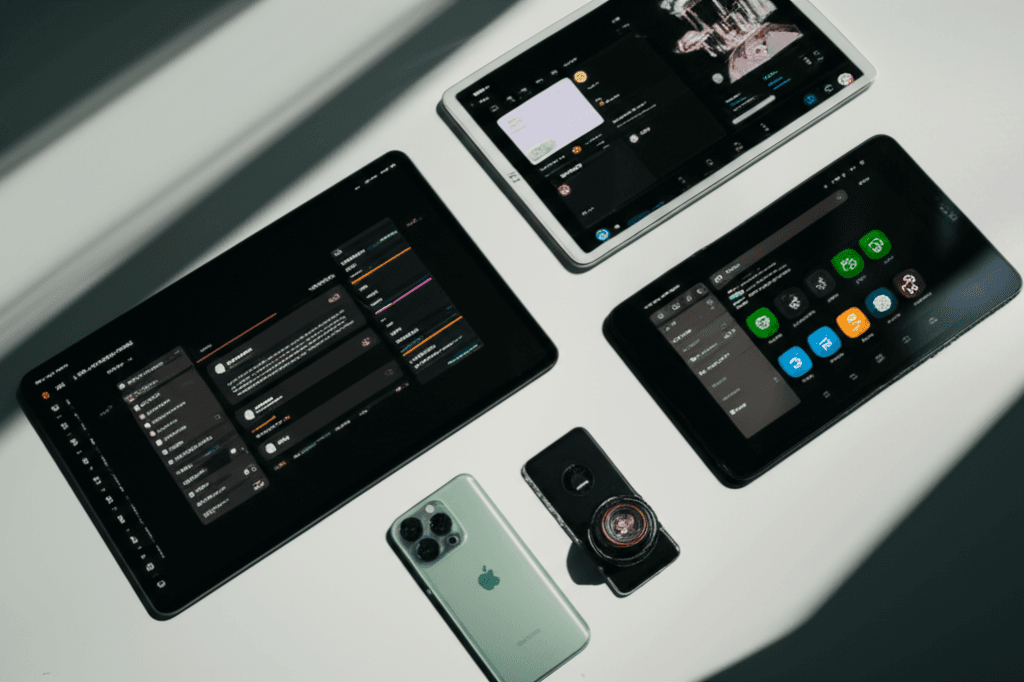
Beyond the Body: Software and Apps for Program Management
While not always “tech you wear,” specialized software and apps are indispensable for personal trainers in managing client programs, nutrition, and communication. These tools streamline administrative tasks, allowing trainers to focus more on coaching.
All-in-One Coaching Platforms
Platforms like Trainerize, TrueCoach, and Hevy Coach are consistently recommended for their comprehensive features. These platforms combine client communication, program creation, progress tracking, and often integrate with wearable devices and nutrition apps. They enable trainers to:
- Build and assign workout routines.
- Make real-time adjustments to training programs.
- Track client adherence and performance.
- Facilitate efficient communication through in-app messaging.
- Manage payments and offer in-app challenges to motivate clients.
Nutrition Tracking Apps
MyFitnessPal remains a highly reliable and widely recommended app for nutrition logging and tracking. Many trainers use it to monitor client nutrition, guide behavior change, and help clients track macronutrient goals. Its extensive food database simplifies meal logging, encouraging client compliance.
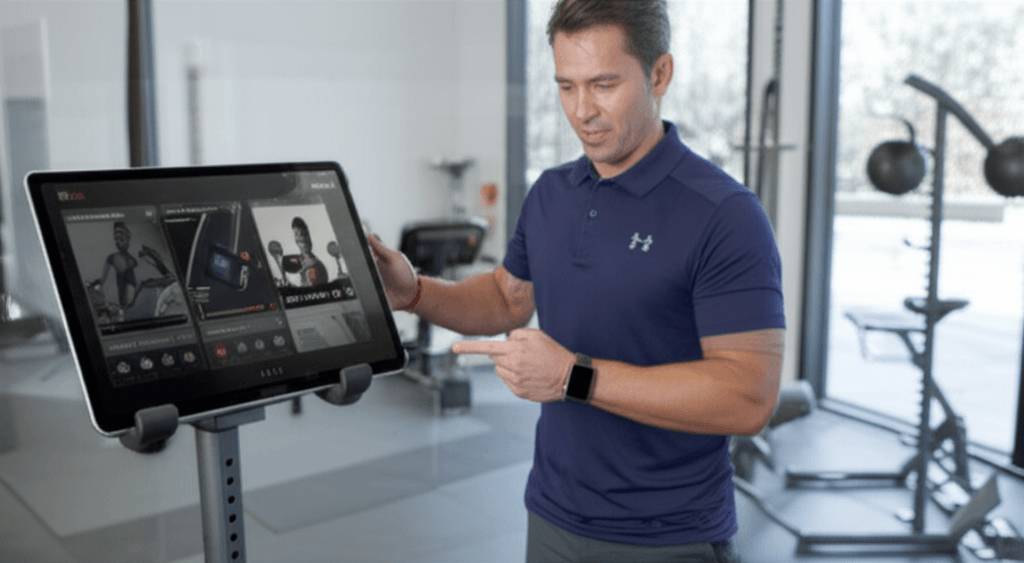
The Takeaway: Smart Tech for Smarter Training
The consensus among personal trainers is clear: the most valuable fitness technology enhances data collection, promotes efficient recovery, and streamlines the coaching process. Wearable devices like Whoop, Apple Watch, Garmin, and Fitbit provide critical insights into performance and recovery, while recovery tools like massage guns and compression boots actively aid muscle repair. Moreover, all-in-one coaching platforms and nutrition tracking apps empower trainers to deliver more personalized, data-driven, and effective coaching experiences. By investing in these recommended pieces of tech, individuals can not only optimize their fitness journeys but also foster a more engaged and accountable relationship with their personal trainers.




